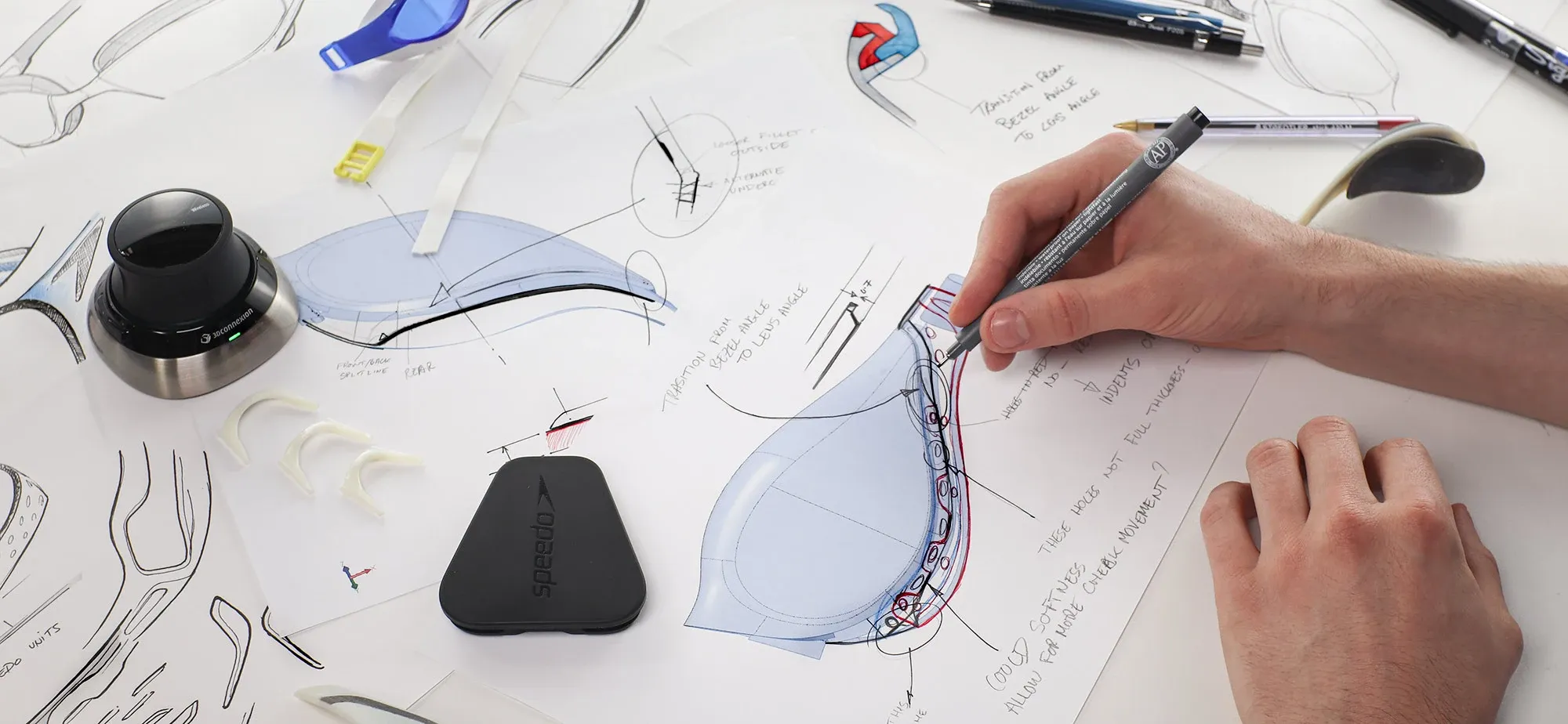Introduction:
In the dynamic world of business and innovation, product design plays a pivotal role in bringing ideas to life and shaping the way we interact with the world around us. For those who are unfamiliar with the intricacies of Product Design, this article aims to provide a comprehensive understanding of what product design entails, how it differs from other design disciplines, and its vital role in the successful launch of a product into the market.
Product Design: Beyond Aesthetics:
Product Design encompasses far more than aesthetics alone. While the visual appeal of a product is undoubtedly significant, product designers have a distinct mission to create functional, user-centric solutions that effectively address specific needs and elevate the overall user experience. In contrast to other disciplines such as Graphic Design, where visual content takes centre stage, or Fashion Design, which focuses on creating garments, Product Design brings to life tangible, physical objects that serve a distinct purpose.
The Art of Balancing Form and Function:
Product Designers strive to strike the perfect balance between form and function. They meticulously consider how a product looks, feels, and interacts with its users, while also ensuring it effectively fulfils its intended purpose. The design process involves an amalgamation of creative thinking, technical expertise, industrial experience and a deep understanding of user needs and market trends.
Tools of the Trade:
Product designers employ a range of tools and techniques to bring their ideas to life. Sketching, both by hand and digitally, is an essential early-stage process that allows designers to quickly explore concepts and communicate ideas. 3D Computer-Aided Design (CAD) software is then used to take these initial sketches to the next level, enabling designers to create detailed virtual models of the product. These models can be shared, reviewed and optimised until they are perfected.
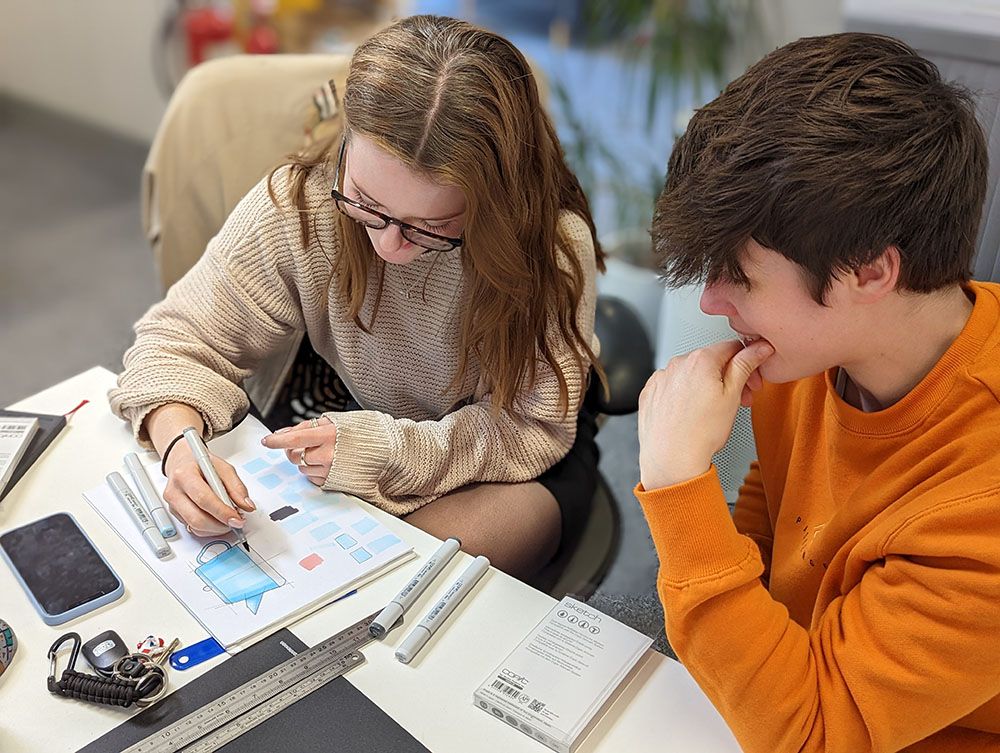
Simulation and Prototyping:
Simulation plays a crucial role in product design, allowing designers to test and refine their concepts before investing in physical prototypes. Finite Element Analysis (FEA) and other simulation techniques such as Injection Moulding Simulation help predict how a product will perform under various conditions, ensuring its structural integrity, functionality, and safety. Prototyping takes the design from the virtual realm to the physical world, allowing for hands-on evaluation and user testing.
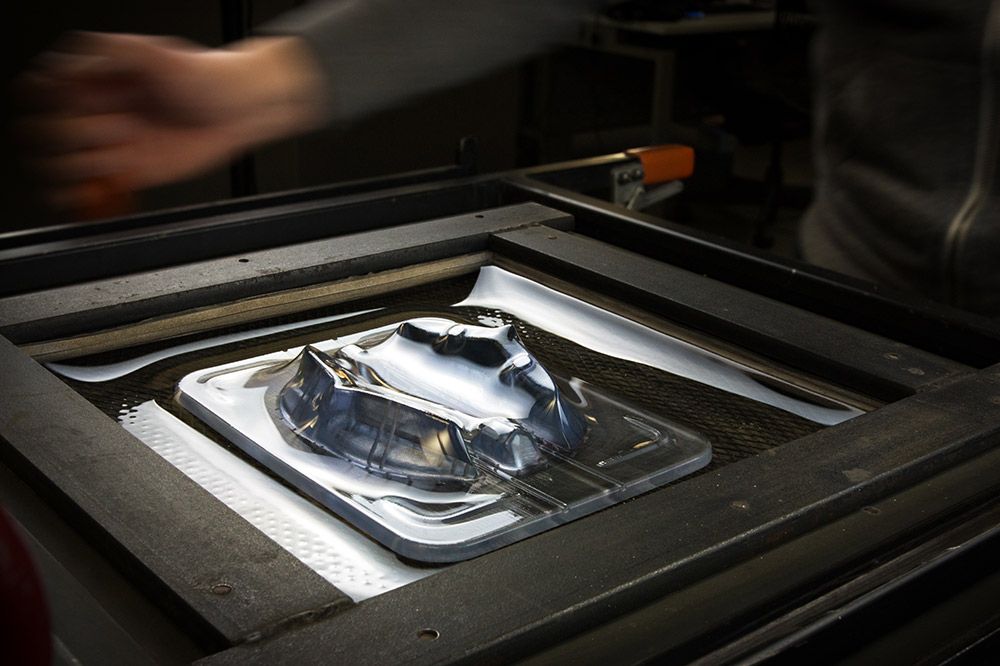
Testing and Iteration:
Product design is an iterative process, with testing and feedback playing a central role. Usability testing, focus groups, and user feedback help designers understand how well their product meets user expectations and identify areas for improvement. Through multiple design iterations, product designers refine and enhance their concepts to create a seamless and delightful user experience.
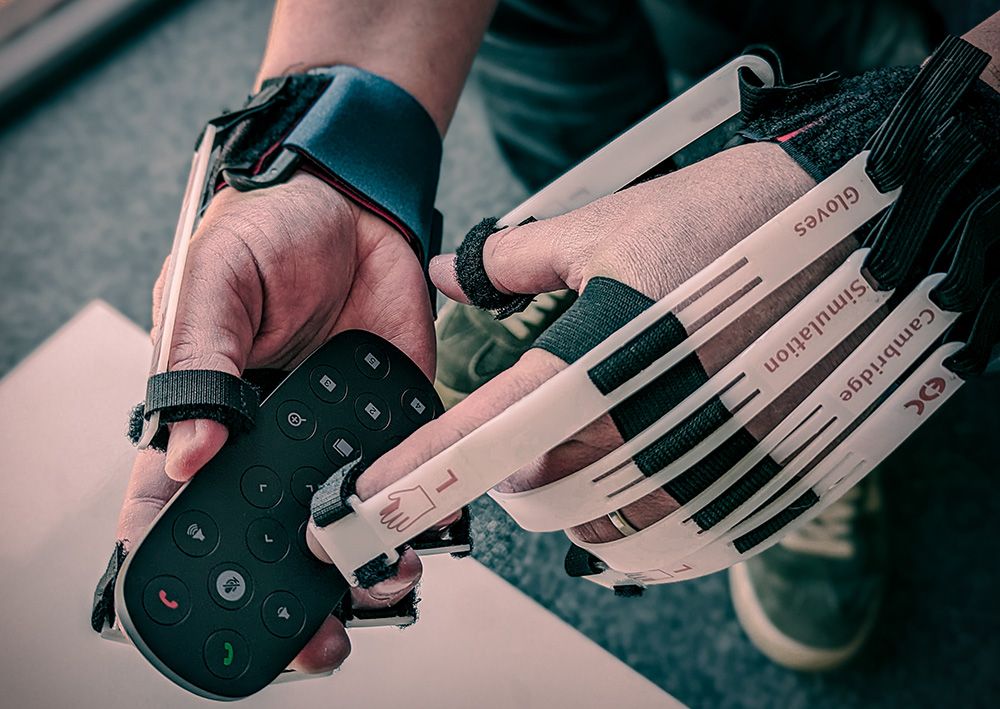
Design for Manufacture:
Design for Manufacture (DFM) is a critical phase in the product design journey. It involves optimising the design for efficient and cost-effective production, taking into account manufacturing processes, materials, and scalability. Collaboration with manufacturers and suppliers is essential to ensure that the design can be feasibly produced on a larger scale while maintaining quality and adhering to industry standards. It is also vital that the product designer is aware of the environmental impact of the product they are designing. Not only at the superficial level of which material to use, but how that material is processed, what are the energy requirements to manufacture it and how much of that material is wasted.
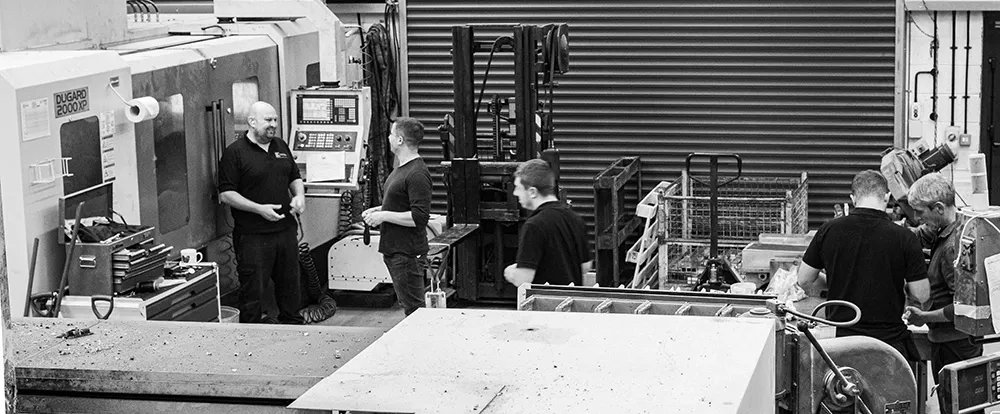
Rendering and CGI:
Rendering and CGI techniques bring CAD models to life, allowing for the creation of strikingly realistic and visually captivating images of the product. By seamlessly integrating the CAD models into advanced computer rendering software, product designers can generate captivating visuals that serve various purposes. Internally, these images are shared with the wider team, fostering collaboration and facilitating a deeper understanding of the product's form and features. Externally, they become powerful marketing tools, enabling businesses to showcase their product's aesthetics and functionality to potential customers with photorealistic precision.
Bringing the Product to Market:
Product Design extends beyond the creative process; it encompasses the strategic planning necessary to successfully launch a product into the market. Market research, competitive analysis, and understanding consumer trends are essential for positioning the product effectively. Pricing, packaging, and marketing strategies all contribute to a comprehensive go-to-market plan that maximises the product's potential.

Conclusion:
Product Design is a multidisciplinary field that combines artistic creativity, technical expertise, and strategic thinking. It goes beyond aesthetics, incorporating functionality, user experience, and market viability. From the early stages of concept development to the final steps of manufacturing support, product design is a holistic process that seeks to create innovative and user-centred solutions. By understanding the art and science of product design, businesses can unlock the potential for success, delivering products that captivate consumers and make a lasting impact in the market.
